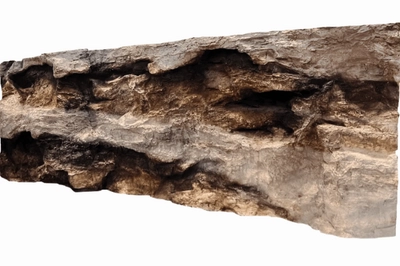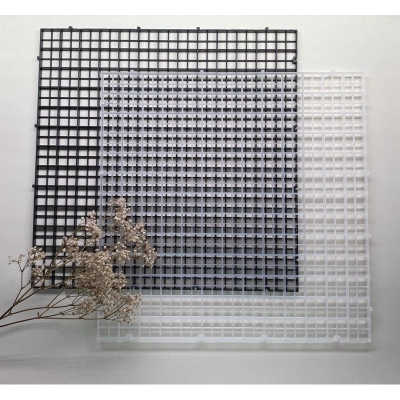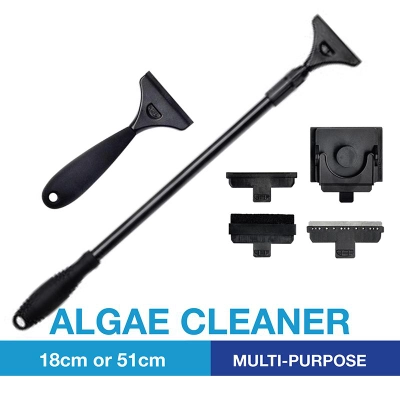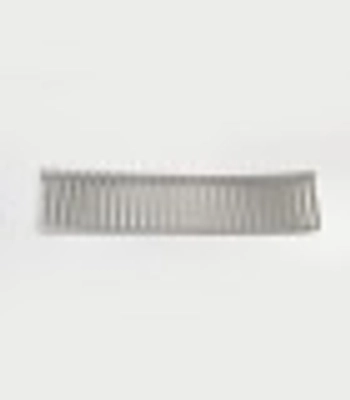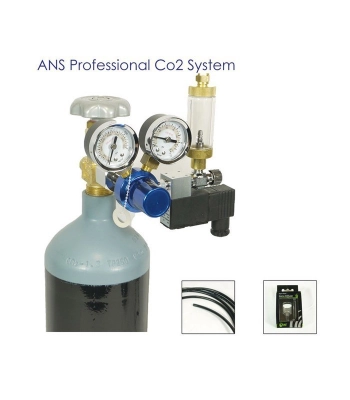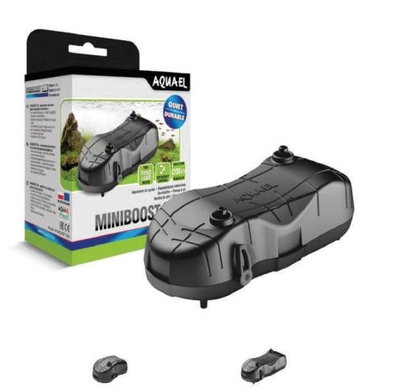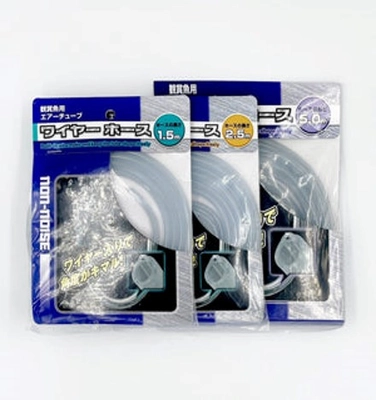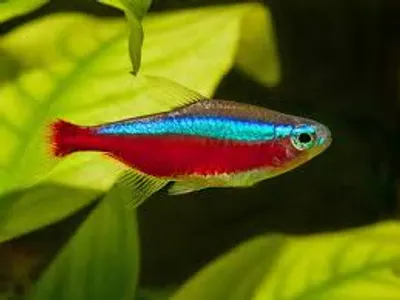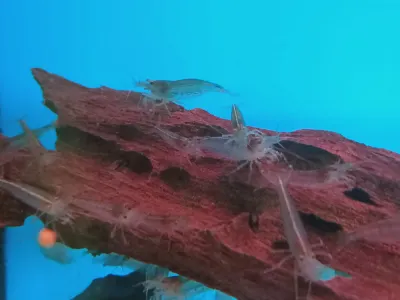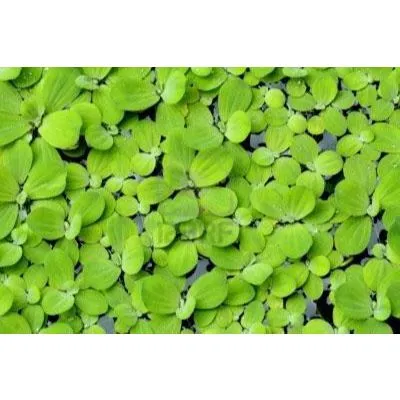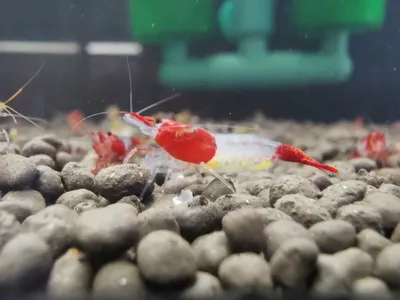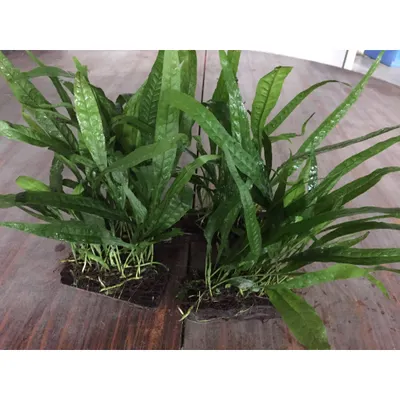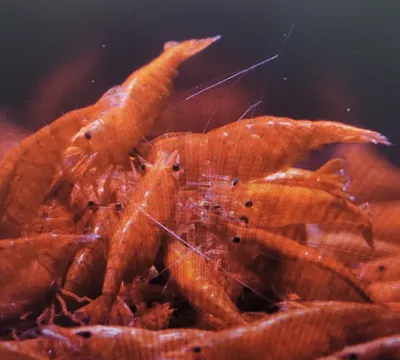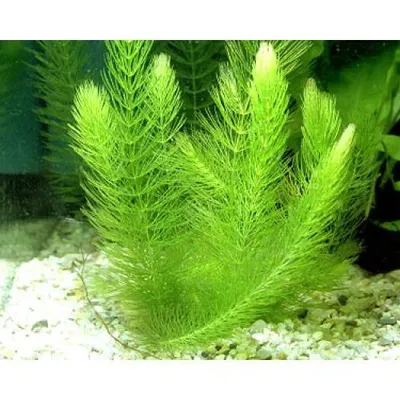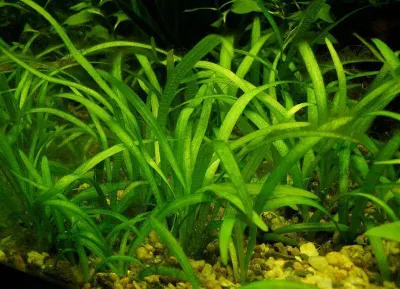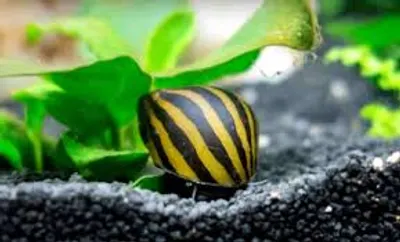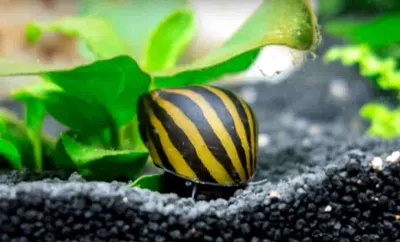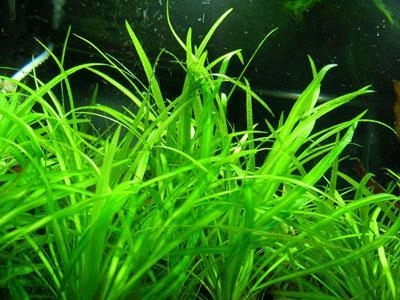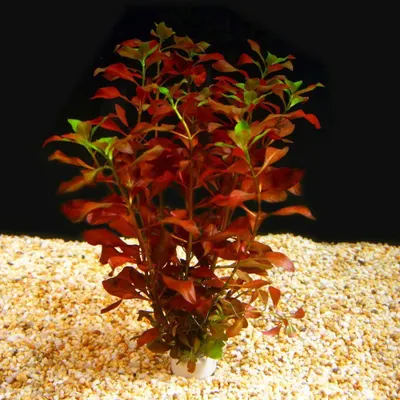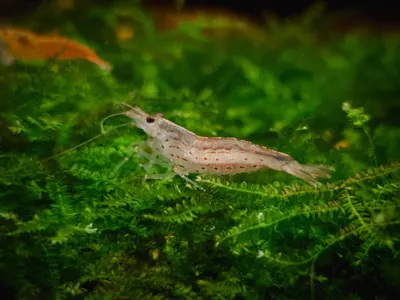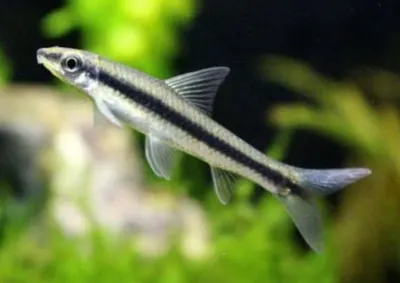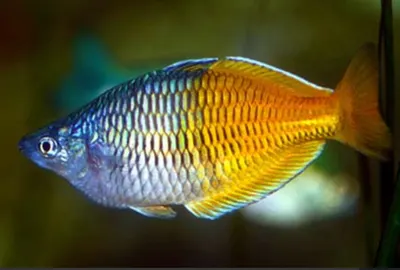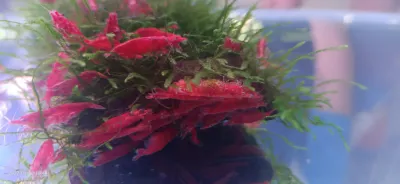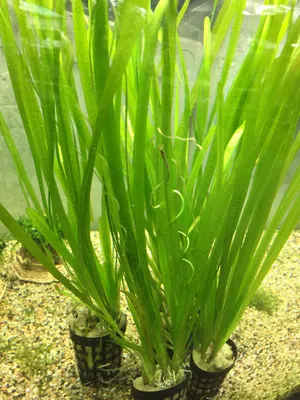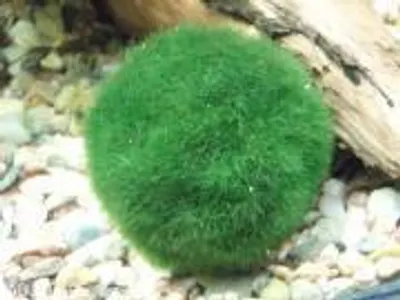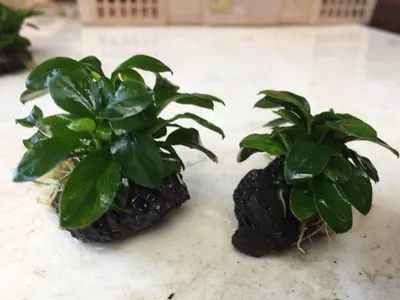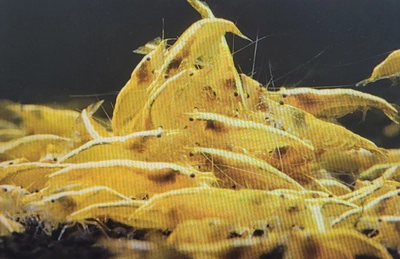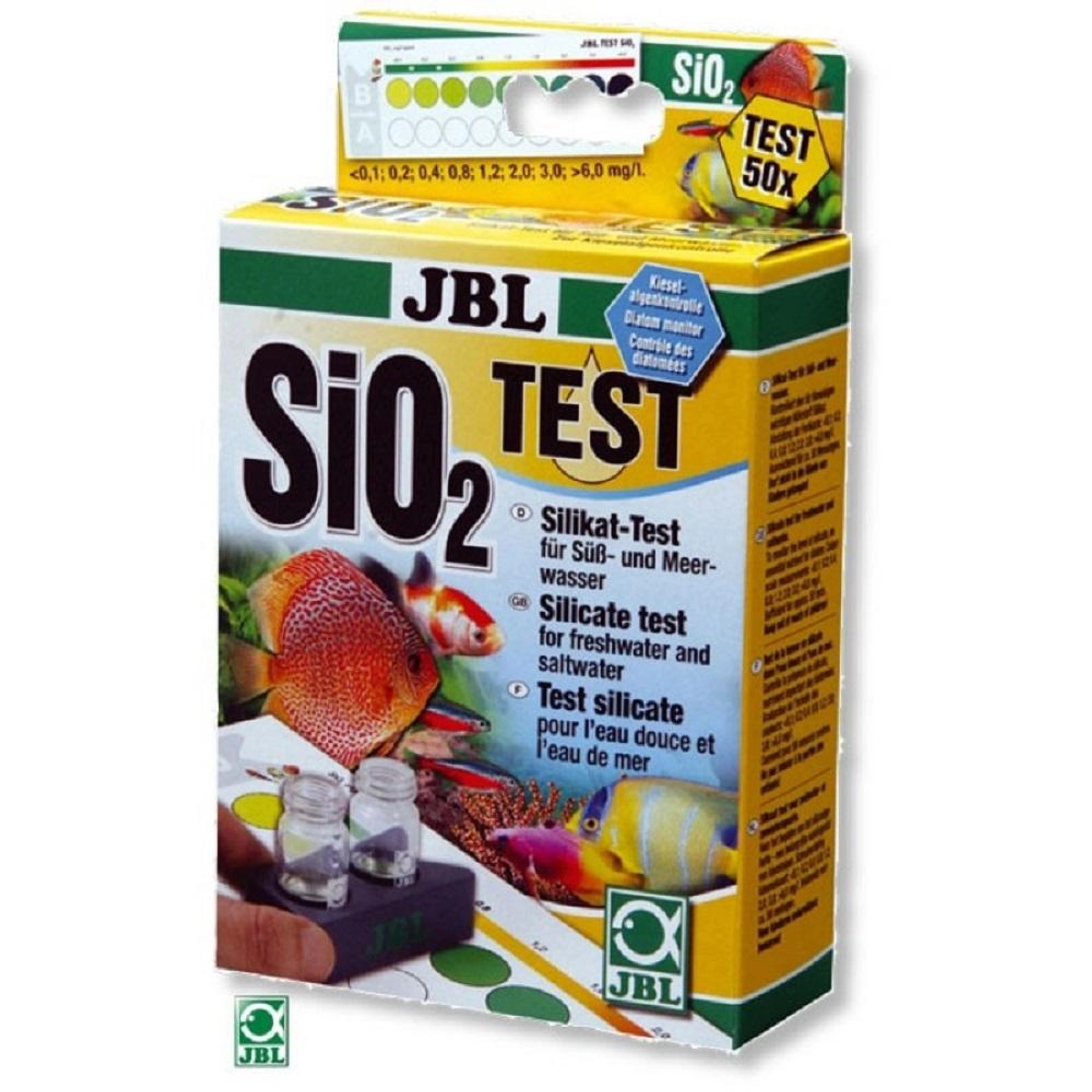
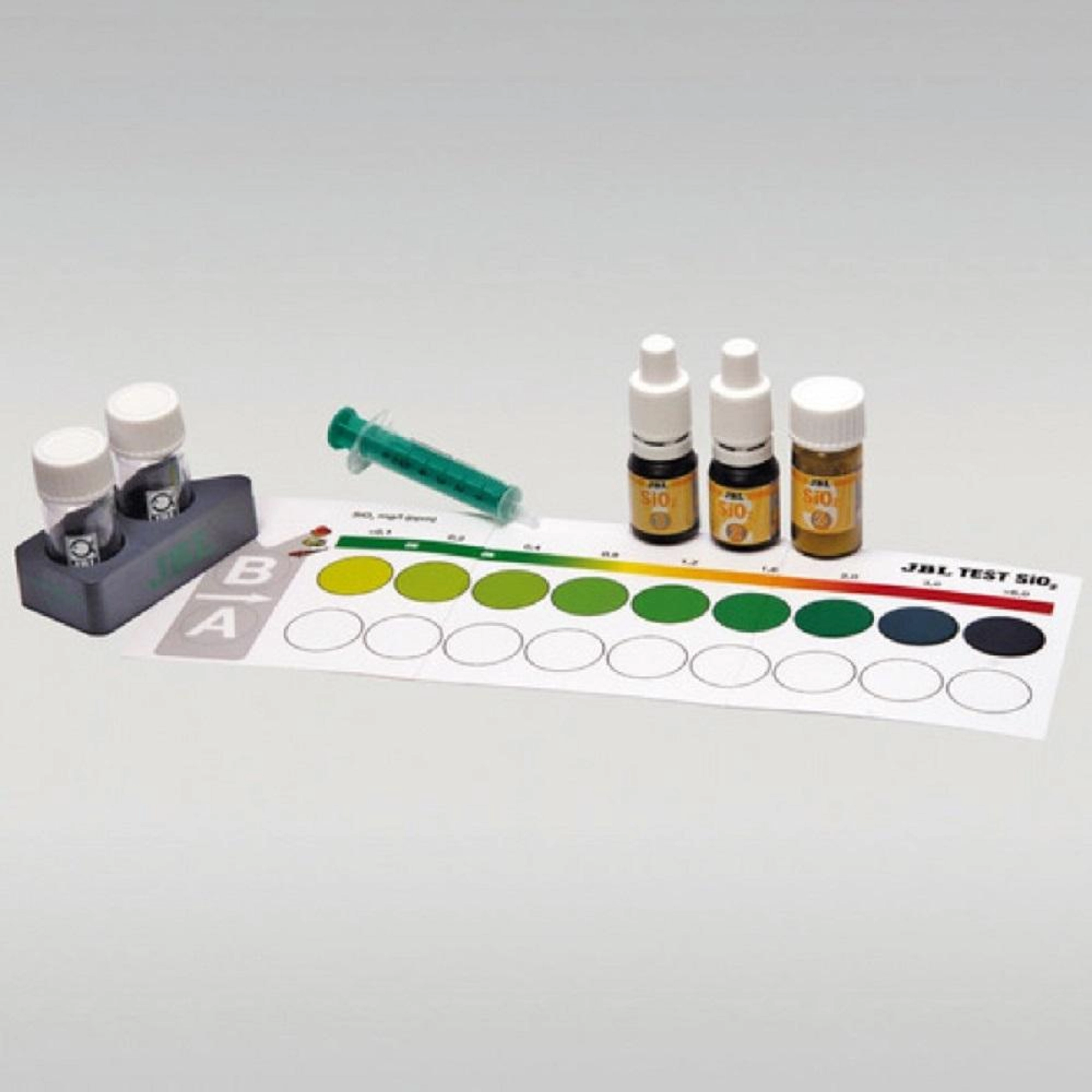


Product Details
- Simple and reliable monitoring of the water values. Determines the optimum silicic acid content in fresh and saltwater to monitor the diatoms in the aquarium.
- Laboratory comparator system to compensate any inherent water colouring: fill glass cuvettes with sample water, add reagents to another vial, place vials in holder, read values on colour chart.
- When to use: when setting up a new aquarium, for the monitoring of tap water and with diatom problems.
- Online Laboratory: free analysis and recommendations for the water values you have measured.
- Package contents: 1 quick test, Silicate Test SiO2. Contents for approx. 50 measurements. Incl. 3 reagents, 2 glass cuvettes with screw cap, dosing spoon, syringe, comparator block and colour scale. Refill reagents available separately.
PRODUCT INFORMATION
Healthy aquariums with conditions close to nature:
- The right water values are dependent on the fish stock and the plants in the aquarium.
- Even if the water looks clear it can be contaminated.
- With bad values diseases or algae can appear in the aquarium.
- To maintain a healthy aquarium with conditions close to nature it is important to check and adapt the water values regularly.
- For each water analysis JBL provides water tests in the form of quick tests or colour change tests.
- These determine a certain value or several values in one go. With these water tests you can recognise algae problems and negative nitrate, nitrite, potassium, magnesium values etc.
Why test?
- Silicon is one of the most common elements in the world.
- As a result of the weathering of silicate rocks, silicon is washed into surface and ground water in the form of silicate.
- Depending on the composition of the rocks in a particular area, the mains water will contain varying amounts of dissolved silicate.
- The significance of silicon for aquariums and garden ponds is as a nutrient for diatoms, some aquatic plants, siliceous sponges and many other invertebrates.
JBL Online Laboratory:
- Regular control for a healthy aquarium/pond with conditions close to nature. Enter your water values into the JBL Online Laboratory and get an in-depth analysis of your values within seconds.
Recommended silicate values:
- Freshwater aquarium (community aquarium): 0-2.0 mg/l
- Lake Malawi/Lake Tanganyika aquarium: the silicate content is not relevant here because grazing fish species like eating diatoms.
- Plant aquarium with few fish (aquascaping): 0-2.0 mg/l
- Marine water Aquarium: 0-1.0 mg/l
- Pond: 0-2.0 mg/l
FAQ
Where can I find the record sheets for the documentation of my water analysis?
> Have you lost your record sheets, already filled them all in or do you need them in another language?
With the following links you can quickly and easily print out your new record sheets with recommendations for the individual parameters at home and document the water analyses.
English: https://www.jbl.de/?lang=en&mod=files&func=show&id=11164
I have lost my colour chart. Can I download the colour chart for the test?
> The colour cards are not available for download on the JBL website. The absolutely accurate colour reproduction that is required can only be achieved using a printer which can be re-calibrated before each printout. Most privately used printers are not accurate enough for this.
You will find the colour chart bundle as a spare part on the respective product page and in the spare parts shop under:https://www.jbl.de/en/products/detail/8732/jbl-proaquatest-assortiment-color-chart
What can I do when the measured value of a water test falls outside the scale?
> If one of your measurements reaches the end of the colour chart scale you can multiply the scale by diluting later tests with distilled water (e.g. JBL Dest).
Here’s how to do it: dilute the sample with distilled water and carry out the test once more.
This works in detail as follows:
GH test: Instead of 5 ml use 10 ml aquarium water. Now 1 drop is equivalent to 0.5 dGH.
KH test: Instead of 5 ml use 10 ml aquarium water. Now 1 drop is equivalent to 0.5 dGH.
Note: when using 10 ml sample water the colour development is weaker with the first drops than with 5 ml sample water. Put the measuring container on a white underlay for a better readability.
NH4/NH3 ammonium/ammonia, NO2 nitrite, Fe iron and Cu copper:
2.5 ml sample + 2.5 ml dist. water: result times 2
1 ml sample + 4 ml dist. water: result times 5
0.5 ml sample + 4.5 ml dist. water: result times 10
NO3 nitrate, SiO2 silicate, PO4 phosphate sensitive and Mg magnesium freshwater:
5 ml sample + 5 ml dist. water: result x 2
2 ml sample + 8 ml dist. water: result x 5
1 ml sample + 9 ml dist. water: result x 10
PO4 phosphate koi high range:
2.5 ml sample + 2.5 ml dist. water: result x 2
1 ml sample + 4 ml dist. water: result x 5
K potassium:
7.5 ml sample + 7.5 ml dist. water: result x 2
3 ml sample + 12 ml dist. water: result x 5
1.5 ml sample + 13.5 ml dist. water: result x 10
K potassium in marine water:
1. Fill 10 ml of sample water with distilled water to 300 ml.
2. Follow the instructions for fresh water.
3. Multiply the test result by a factor of 30.
CO2 direct, Ca calcium and Mg+Ca magnesium+calcium: not required.
Which of the three scales on the colour cards symbolize of the water tests saltwater, freshwater and garden pond ?
>koi carp = garden pond
angel fish = saltwater
discus = freshwater
Which scale applies for my aquarium? My test has two or three control fields with fish and recommendations.
> We repeatedly receive questions regarding the symbols on the water test. The hobby areas cannot be clearly assigned to the scales for analysis. There are three symbols to make the hobby areas on the colour charts clear:
Discus = fresh water
Emperor = salt water
Koi = garden pond
In the following, you will find a list which assigns the scale for analysing the results from measurements in the hobby area and explains the symbols: The scales are described from the top to the bottom here.
NO3: salt water, fresh water, garden pond
pH 6.0 – 7.6: fresh water, garden ponds
pH 7.4 – 9.0: salt water, fresh water, garden pond
Fe: fresh water, garden pond
The following JBL tests have a uniform scale for all 2 or 3 hobby areas for analysis of the results from the measurements, as differentiation is no longer necessary:
SiO2
Cu
NH4
NO2
PO4
pH 3-10
O2
The instructions point out that the comparator block should be used to compare the colours. Can this be done without the comparator block as well ? Or is there a factor from this comparison that is required for the measurement ?
> The colour charts are intended to be used with the comparator block. In addition, when the comparator block is used with the blank water sample, this compensates the inherent water colour.
Therefore, if the comparator block is not used, there will most likely be deviations in the readings.
What is the shelf life of the JBL silicate test ?
> The JBL silicate test has a shelf life of 3 years in the original sealed bottle.
The following is printed on the bottom of the packaging:
CH/B: 1411 (e.g.) = batch number
BBD: 11/13 (e.g.) = best-before date.
Please note that the best-before date does not apply for opened reagents. Exposure to atmospheric oxygen decreases the shelf life.
Do my water tests still work although they have been open for nine months?
> Basically a sealed test keeps longer than an open one. How much the shelf life is reduced depends crucially on the handling and the storage conditions of the reagents. It may happen that a reagent in a test that has been open for 9 months doesn’t indicate correctly any more. However, additional information is needed to answer this question properly.
The silicate concentration does not decrease after JBL SilikatEx (rapid) is used. The silicate test always shows a deep-blue to black colouration, which indicates more than 6 mg/l of silicate.
> A reading of > 6 mg/l with the silicate test means that there are more than 6 mg/l of silicate in the water. It is not possible to check how many more silicates are present. There may be 10, 50 or even more mg/l of silicates. There are more than 40 mg/l in tap waters in many regions today. The respective water supplier can provide more detailed information or you can dilute the water to be measured with silicate-free water e.g. water that has been distilled twice prior to measuring. In the event that osmosis water is supposed to be used, its silicate content should also be measured. With 40 mg/l of silicates in the starting water JBL Osmose 120 is able to achieve a permeate with 0.4 – 1.2 mg/l of silicate.
Therefore, with silicate values this high, the lowering effect of JBL SilikatEx can only be checked by diluting the water before measuring it.
500 g JBL SilikatEx binds 5000 mg silicate out of the water.
400 g JBL SilikatEx Rapid binds approx. 12000 mg silicate out of the water.
Sample calculation:
100 l tank with 50 mg/l of silicate in the starting water:
100 l x 50 mg/l = 5,000 mg of silicate.
JBL Silicate Test Set
Product Options
Regular
Delivery
Delivery takes 3 to 7 working days normally. Delivery fees will be shown upon checkout. Some areas (Central Business District, Offices, Sentosa etc) will incur additional parking charges and there will be a top up needed via PayNow.
Merchant
 East Ocean Aquatic Havelock
East Ocean Aquatic Havelock Aquarium Fishes, Tanks & Supplies From East Ocean Aquatic Havelock
Products Similar To JBL Silicate Test Set
Fishes from nearby fish tank shops


 SG
SG




